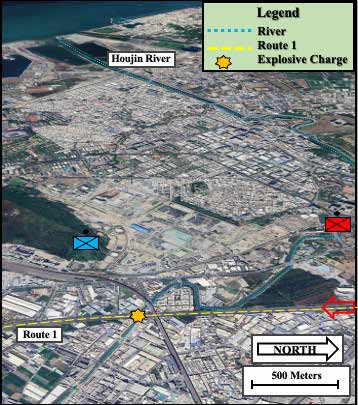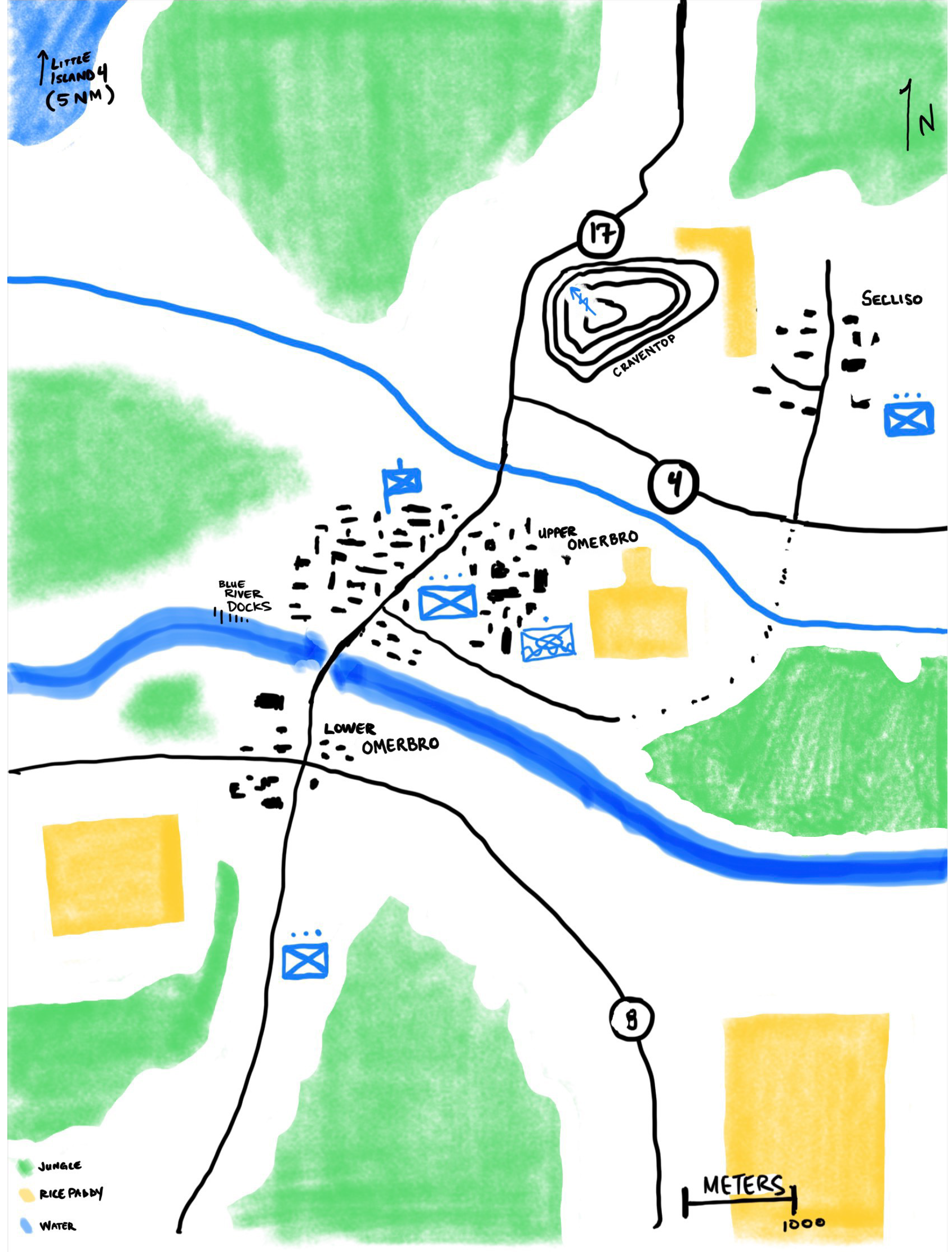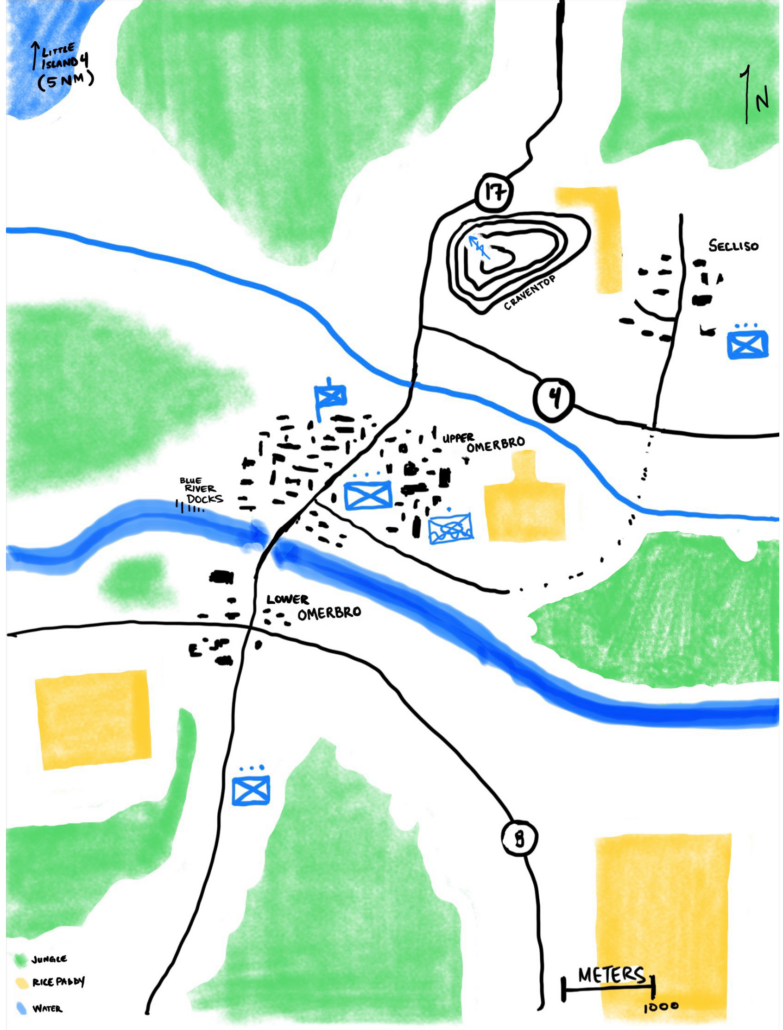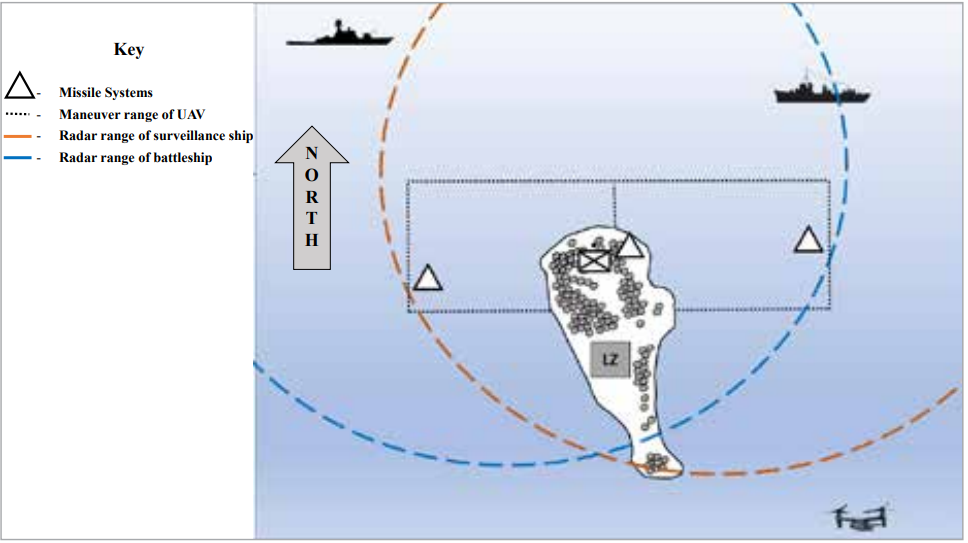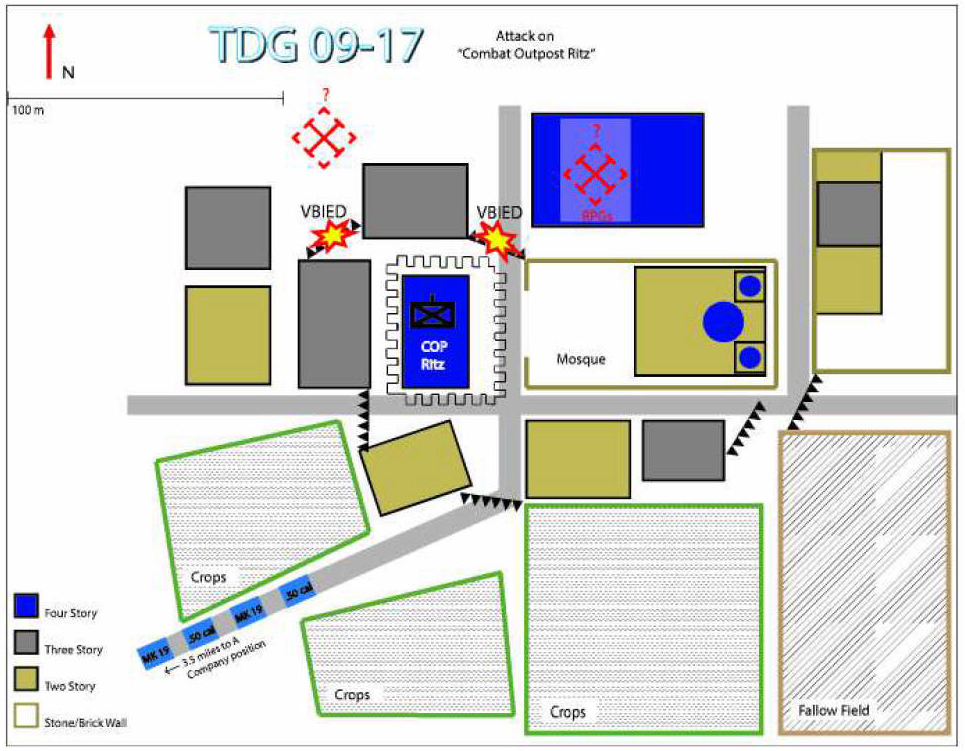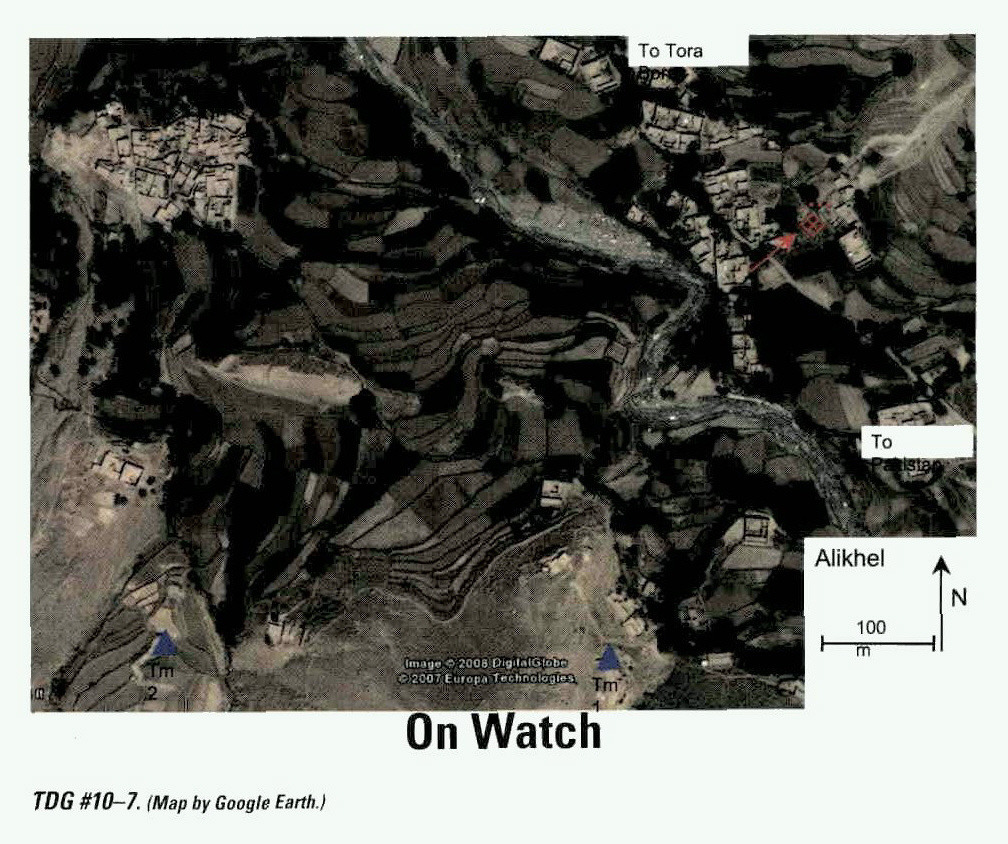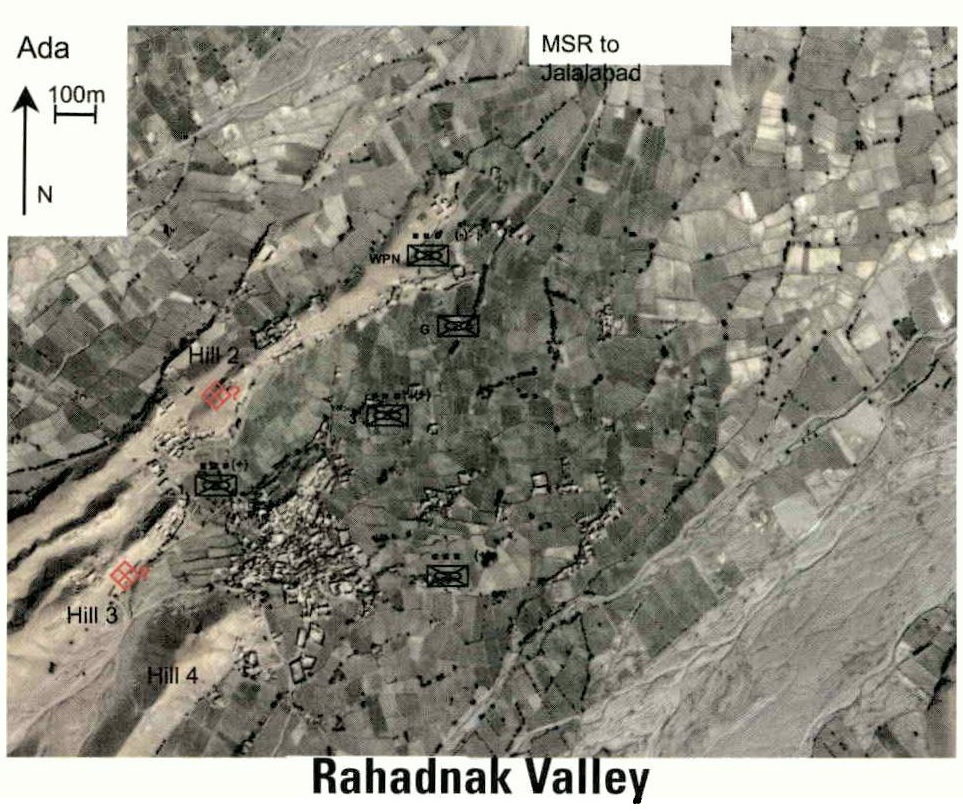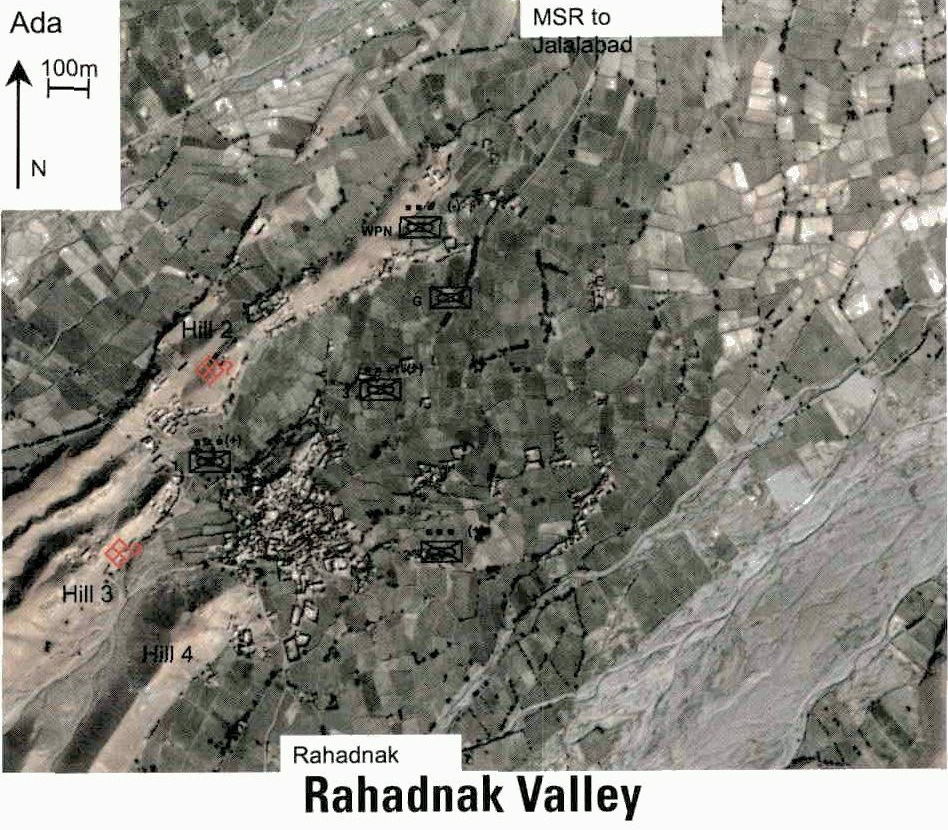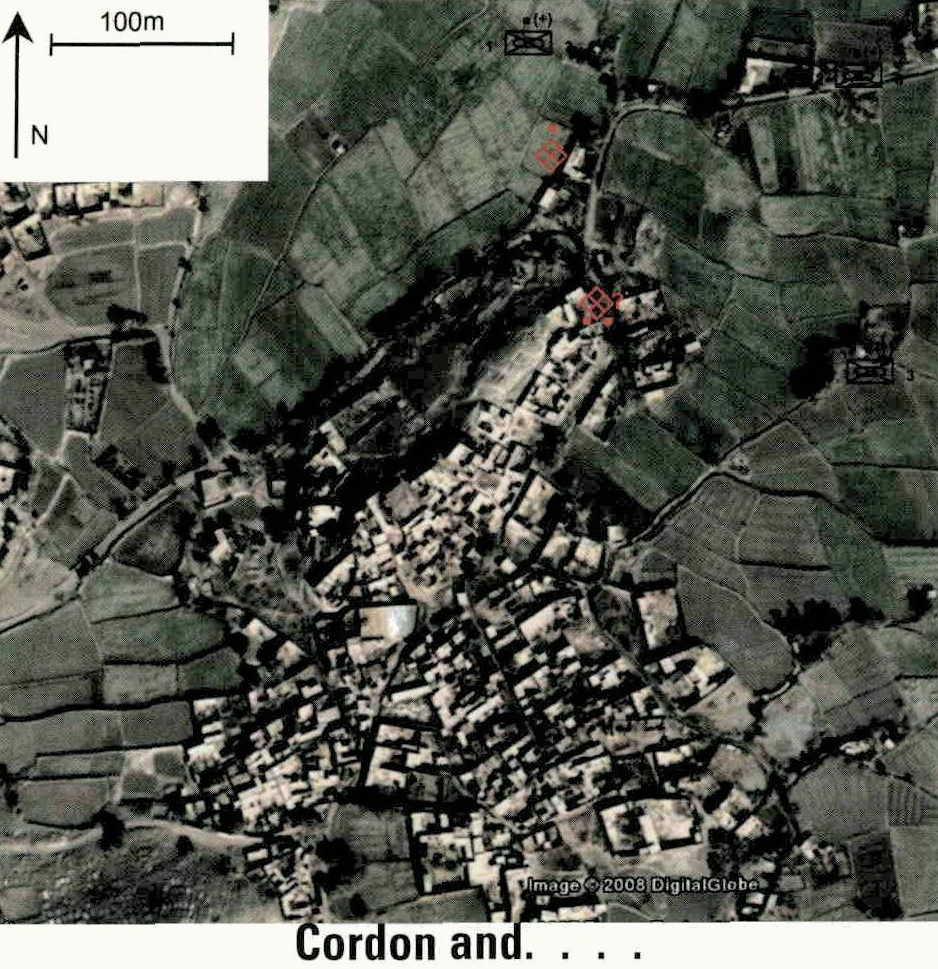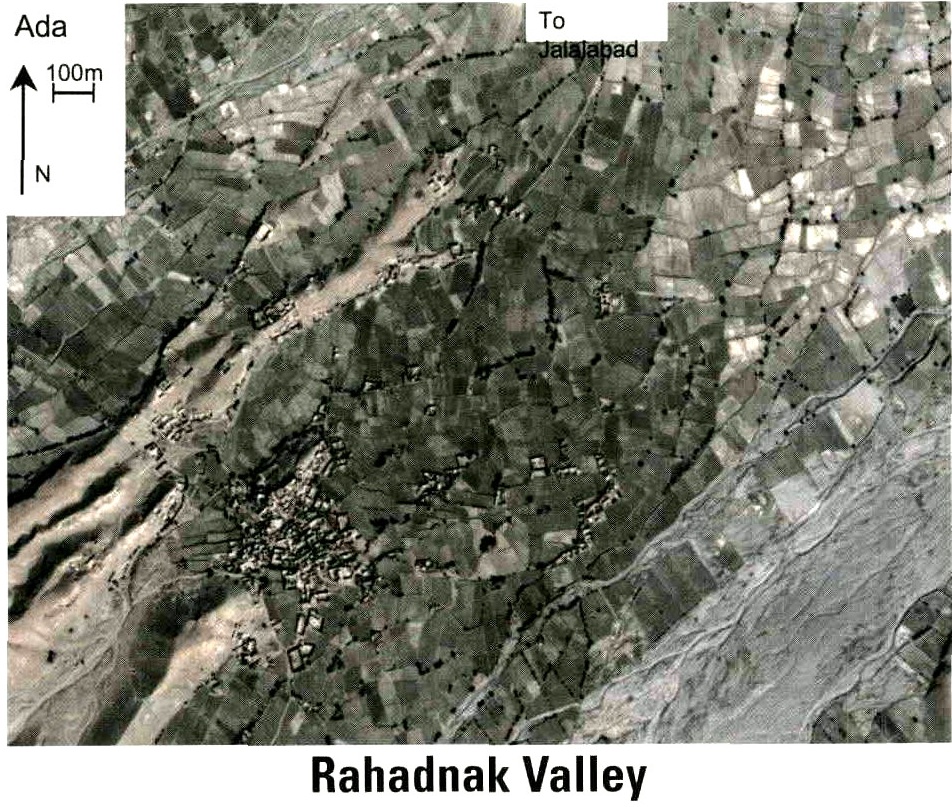With tensions on the rise in the South China Sea, the Marine Rotational Force Southeast Asia has been deploying a company reinforced of Marines to the country of Taiwan to train the local forces for the past two years. After what appeared to be a staged sinking of an adversary vessel in the Taiwan Strait, tensions come to a boiling point, and missile strikes rock the island followed by an intense air battle over the strait. After 24 hours of the opening battle, the adversary was able to move troop transports and other naval vessels to within 5 miles of the eastern shoreline with two major concentrations, one in the north next to the capital of Taipei and the other in the south outside the island’s largest deep-water port Kaohsiung. Troop transports have not had any success making landfall on the heavily defended beaches except for one wave which is believed to have offloaded a mechanized company twenty miles north of the port of Kaohsiung.
You are the first squad leader for 3rd Platoon, Kilo Company, 3/5 Mar. Before the ensuing battle began, you were tasked to train a Taiwanese Army unit in the south of the island as part of the Marine Rotational Force Southeast Asia detachment spread across Taiwan. Those local forces have now been dispersed to the coastline to defend against the incoming waves of landing crafts and attempts by the enemy to seize the major port of Kaohsiung which would enable a significant throughput of troops and equipment if captured. The last radio transmission you received from your company commander ordered your squad to move north of the port approximately ten miles and set up an overwatch position on Banpinshan Ridge which overlooks Highway One—the main thoroughfare running north to south on the island.
You are tasked with setting explosive charges under the Highway One overpass that crosses over the Houjin River and waiting for the mechanized company’s arrival to blow the bridge. This will be done in order to delay their advance to the Port of Kaoshiung and their ability to attack friendly forces at the port from the rear who are currently overwhelmed with defending from the sea and cannot set up a blocking position to defend the port from land yet. Cpl Anderson, your squad drone operator, has confirmed that the mechanized unit is heading south in a column approximately ten minutes from the crossing. While flying the drone back to your position, he observes three zodiac-style watercraft carrying what appears to be a squad of special operations enemy troops south on the Houjin River heading toward the backside of the Kaoshiung. Just as you begin to think of how you can stop their movement, your first fireteam leader, who was setting the charges on the bride with his team, radios in to tell you that LCpl Smith fell when trying to climb back onto the bridge and has impaled his leg on a piece of rebar and is stuck next to the bridge. Drone observation estimates the zodiacs passing under the bridge in five minutes.
What do you do?
> GySgt McGrortyHunter is a Cyber Network Chief with 9th Communications Battalion. He recently served as a Faculty Advisor at the SNCO Academy Quantico and has deployed twice with 1/4 Mar. Additionally, he is the founder of the Bayonet Warfighting Society.


